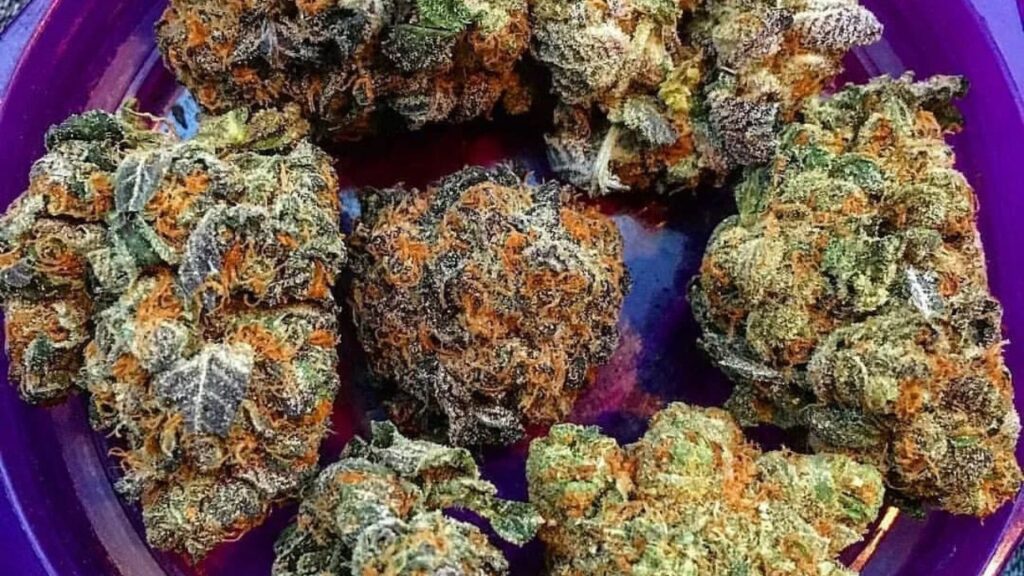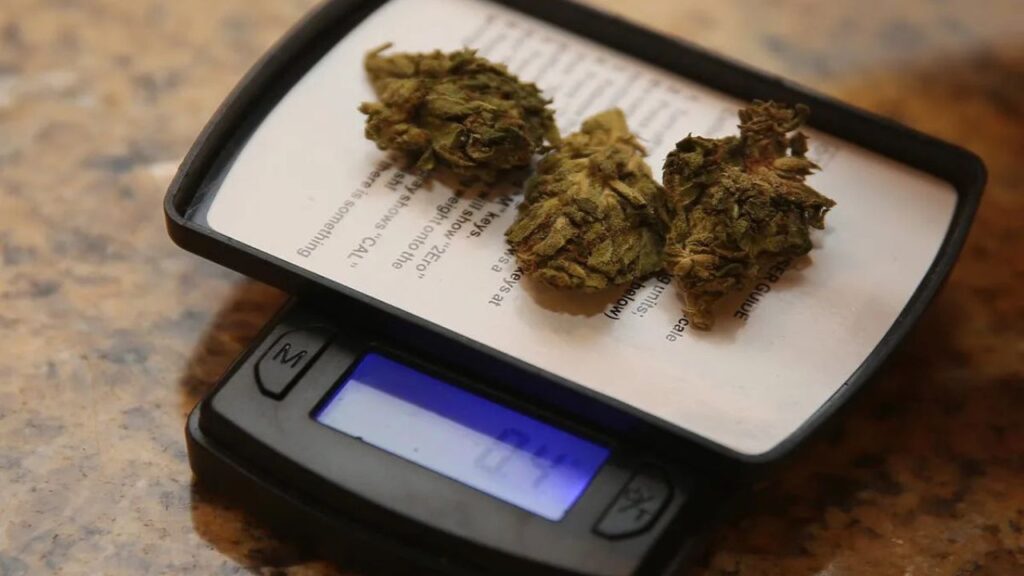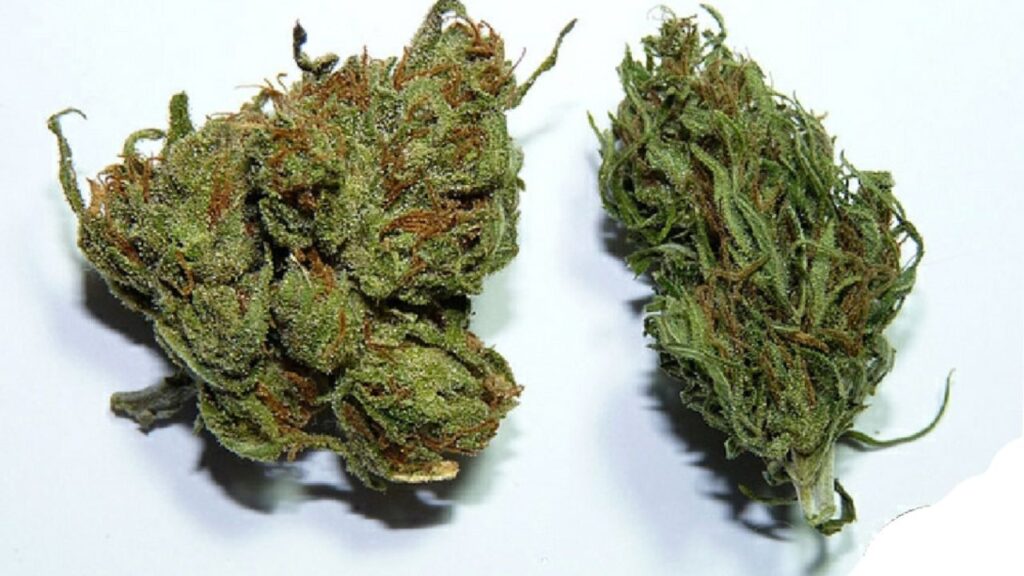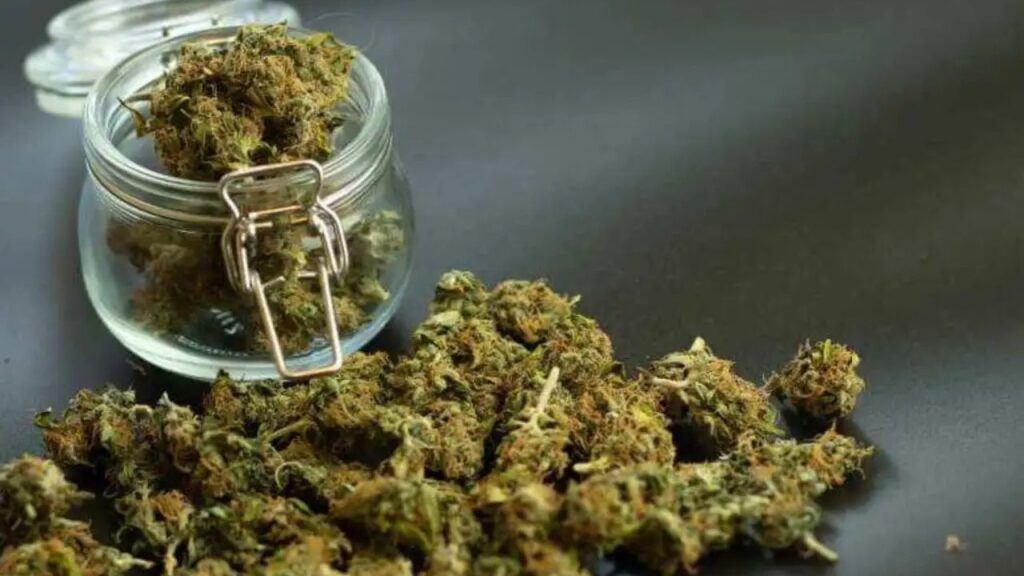Wild cannabis, often referred to as “ditch weed” or feral cannabis, grows naturally in various regions without human cultivation. These resilient plants can thrive in diverse environments, from roadsides and fields to forest edges and riverbanks. Unlike carefully bred strains found in dispensaries, wild weed often lacks the high THC levels prized by modern users but plays a key role in the plant’s evolutionary history. Understanding the natural habitats of cannabis helps enthusiasts, cultivators, and researchers gain insight into the plant’s resilience and adaptability. It also sheds light on how climate, soil, and ecosystem interactions influence cannabis growth and survival in the wild. The purpose of this blog post is to explore how and where cannabis grows naturally, why it thrives in certain environments, and what this tells us about its biology and cultivation potential. Whether you’re a grower or just curious, learning about wild weed deepens your appreciation of the plant. Where does weed grow in the wild?
Natural Habitats of Wild Weed
Wild cannabis, or feral weed, thrives in a variety of natural and semi-natural habitats. These areas often go unnoticed by the average passerby but provide the ideal conditions for the plant to grow without human assistance.
A. Common Environments Where Weed Grows in the Wild
- Disturbed Areas (e.g., Roadsides, Abandoned Lots)
- One of the most common places to find wild weeds is in disturbed environments. These include roadsides, railroad tracks, ditches, and weeds that grow in the wild and vacant lots. These areas provide loose, well-drained soil and plenty of sunlight, which are perfect conditions for cannabis germination and growth. Since these areas are often neglected, wild weeds can grow relatively undisturbed and spread over time.
- Forest Edges and Clearings
- Wild cannabis also appears along the borders of forests, where sunlight reaches the ground, but competition from other vegetation is minimal. These forest edges offer some protection from harsh winds and weather while still allowing for adequate light and space. Occasionally, you’ll also find it in clearings created by natural disturbances like fallen trees or human activity such as logging.
- Agricultural Fields and Margins
- In agricultural regions, wild cannabis can take root in the margins of cultivated fields, especially if hemp was previously grown in the area. Seeds left behind from past cultivation or transported by animals and wind can sprout and grow on the fringes of farmland. These plants often resemble their cultivated ancestors but adapt over generations to become more rugged and weedy.
B. Climate and Soil Conditions Favorable for Wild Weed Growth
Cannabis is a remarkably adaptable plant, but certain environmental conditions promote its wild growth. It typically thrives in temperate climates with long, warm summers and well-defined seasons. However, feral cannabis has been known to grow in a wide range of climates, including humid subtropical, semi-arid, and even continental regions. Ideal wild weed growth occurs in areas with moderate rainfall, although the plant can survive periods of drought due to its deep root system. Sunlight is crucial—wild cannabis needs full sun exposure for most of the day to grow effectively. That’s why open areas are more favorable than shaded spots.
As for soil, cannabis prefers well-drained loamy soil rich in organic matter. However, wild weed is not picky—it can grow in sandy or rocky soils as long as there’s enough drainage and access to nutrients. Soil with a neutral to slightly acidic pH (around 6.0–7.0) supports healthy root development and plant growth. In summary, wild cannabis grows best in sunny, open environments with moderate rainfall and well-drained soils. Its ability to flourish in diverse conditions makes it a resilient species and a fascinating subject for both enthusiasts and scientists.
Specific Locations for Wild Cannabis Growth
Cannabis is a highly adaptable plant with deep historical roots across multiple continents. While modern strains are often selectively bred, wild cannabis still grows naturally in several parts of the world. These regions share certain environmental characteristics that support feral cannabis growth without cultivation.

A. Regions Where Cannabis Grows Naturally
- North America
- In the United States and parts of Canada, wild cannabis—often referred to as “ditch weed”—commonly grows in the Midwest, particularly in states like Nebraska, Kansas, Missouri, and Indiana. This feral weed is a remnant of industrial hemp programs during World War II. Over the decades, the plants adapted to local climates and now grow freely along highways, in ditches, and on abandoned farmland.
- Central Asia
- Considered the original home of cannabis, Central Asia, particularly regions of Kazakhstan, Kyrgyzstan, Afghanistan, and parts of northern India, hosts wild cannabis in its purest ancestral form. The plant thrives in valleys, mountain foothills, and open grasslands. These regions offer ideal growing conditions—rich soil, long sunny days, and seasonal rainfall—making them a cradle of genetic diversity for cannabis.
- Other Notable Regions
- Wild cannabis also appears in parts of Eastern Europe, South America, and some Mediterranean countries. In areas like Ukraine, Romania, and southern Russia, feral cannabis grows in fields and along riverbanks. Similarly, wild strains have adapted to parts of Chile and Argentina, where environmental conditions mimic those of the plant’s native ranges.
B. Factors Influencing the Growth of Wild Cannabis in These Areas
Several factors contribute to the success of wild cannabis in these locations. Climate plays a major role—temperate to subtropical conditions with sufficient sunlight and rainfall are ideal. Soil quality, especially well-drained and nutrient-rich soils, supports healthy growth. Additionally, human activity, such as past cultivation or hemp farming, often seeds the landscape for future wild growth. Wind, animals, and water help disperse cannabis seeds, allowing the plant to establish itself in favorable niches across diverse regions. Where does weed grow in the wild?
Does weed grow naturally anywhere?
Yes, weed can grow naturally in many parts of the world. Cannabis is a hardy, adaptable plant that doesn’t always need human cultivation to survive. Wild or “feral” cannabis—often called “ditch weed” in places like the United States—can thrive in natural environments when the right conditions are present. These include areas with plenty of sunlight, moderate rainfall, and well-drained soil. Where does weed grow in the wild?
Cannabis is believed to have originated in Central Asia, specifically regions of modern-day Kazakhstan, Afghanistan, and China. From there, it spread across continents over thousands of years, both through human migration and natural seed dispersal. Today, wild cannabis can still be found growing on its own in Central Asia, parts of Eastern Europe, the American Midwest, and even some areas of South America. The plant often appears in disturbed areas such as roadsides, riverbanks, forest edges, and abandoned fields. These locations provide minimal competition from other plants and plenty of sunlight, which cannabis needs to thrive.
Although wild cannabis typically contains low THC levels compared to cultivated strains, its ability to grow without care demonstrates the species’ natural resilience. So yes—weed does grow naturally, and its presence in the wild offers a glimpse into its original, untamed form.
Who smoked weed first?
The first recorded use of cannabis for smoking dates back thousands of years, with ancient cultures using it for spiritual, medicinal, and ritualistic purposes. While the exact identity of the first person to smoke weed is unknown, historical evidence points to early use in Central Asia. Archaeological findings suggest that the ancient Scythians—nomadic tribes from Central Asia—used cannabis in ritual ceremonies as early as 500 BCE. Greek historian Herodotus wrote about Scythians inhaling cannabis smoke in enclosed tents as part of purification rituals. This practice involved burning cannabis on hot stones, producing thick, psychoactive smoke.
Even earlier, evidence from a burial site in the Pamir Mountains of western China revealed wooden braziers containing burnt cannabis residues dating back around 2,500 years. These findings, discovered in 2019, show that ancient people intentionally used cannabis with high THC levels for its mind-altering effects. Cannabis was also used in ancient Indian culture, where it was consumed in drink form (bhang) and mentioned in sacred texts like the Atharva Veda, dating to around 1500 BCE. Though not smoked traditionally, it played a significant role in religious and healing practices.
In short, Central Asian and Indo-European cultures were likely the first to smoke weed, long before it became globally known.

Historical Context of Wild Cannabis
A. Origins of Marijuana and Its Natural Habitats
Cannabis is believed to have originated in Central Asia, particularly in regions that are now part of modern-day Mongolia, Kazakhstan, and Western China. These areas offered ideal conditions—well-drained soil, open grasslands, and a temperate climate—that allowed cannabis to grow and spread naturally. From its native region, the plant spread across Asia, Europe, and eventually the rest of the world, both through natural seed dispersal and human migration. In its early stages, cannabis thrived in wild environments such as river valleys, forest edges, and open plains, adapting over time to a variety of ecosystems.
B. Evolution of Cannabis in the Wild
As cannabis spread beyond its original habitat, it evolved to suit different environments. In places where it was not cultivated, cannabis became more rugged, leading to the emergence of feral or wild cannabis. These wild plants typically have lower THC levels and are less potent than modern cultivated strains, but they exhibit strong survival traits like drought resistance, rapid growth, and natural pest tolerance. Over centuries, natural selection helped these plants adapt to local climates and soils, shaping the diversity of wild cannabis seen today. Where does weed grow in the wild?
C. Cultural Significance of Wild Cannabis in Various Regions
Wild cannabis has played a cultural and spiritual role in many societies. In ancient China and India, it was valued not just for fiber and seeds, but also for its psychoactive properties. In India, cannabis was considered sacred and was used in religious rituals and Ayurvedic medicine. In Central Asia, nomadic tribes used cannabis in purification ceremonies and social gatherings. Even in modern times, wild cannabis holds significance, particularly in areas where it grows naturally and is tied to traditional practices. While often overlooked today, wild cannabis reflects the plant’s deep historical connection to nature and human culture.
FAQs
Where does pot grow naturally?
Pot grows naturally in temperate and subtropical regions with plenty of sunlight and well-drained soil. It often appears in open fields, riverbanks, forest edges, and disturbed areas like roadsides and ditches, especially in regions like Central Asia, Eastern Europe, and parts of North America.
Where does cannabis grow wild?
Cannabis grows wild in Central Asia, the American Midwest, parts of Eastern Europe, and occasionally in South America. These areas support feral cannabis that thrives without cultivation, often in abandoned lots, along highways, or near farmlands where hemp was once grown and has since adapted to local conditions.
Where does weed grow naturally?
Weed grows naturally in climates with warm summers, moderate rainfall, and full sunlight. You’ll find it in wild, open environments like grasslands, ditches, forest clearings, and farmland margins in regions such as Kazakhstan, India, the U.S. Midwest, and parts of South America and Eastern Europe.
Where does wild cannabis grow?
Wild cannabis grows in regions where the plant was once cultivated or where natural conditions favor its survival. It’s commonly found in Central Asia, along roadsides in the United States, and rural areas of Eastern Europe. These locations offer loose soil, sun exposure, and minimal competition from other plants. Where does weed grow in the wild?
Where did marijuana originate?
Marijuana is believed to have originated in Central Asia, specifically in modern-day regions of Mongolia, Kazakhstan, and Western China. These areas provided the perfect environment for the plant’s early growth, and from there, cannabis spread through trade routes, human migration, and cultural exchanges across Asia and beyond.
Where does weed naturally grow?
Weed naturally grows in areas with open sunlight, where it grows in the wild in well-drained soil, and mild to warm climates. It thrives in wild or disturbed areas like riverbanks, fields, and roadsides. Notable natural growth regions include Central Asia, India, Eastern Europe, and parts of the U.S., where hemp was historically grown.
Conclusion
Wild cannabis, or feral weed, thrives in a range of natural environments, from roadsides and forest edges to abandoned fields and riverbanks. It often grows in regions with temperate climates, good sunlight, and well-drained soil. Notable locations include the American Midwest, where weed grows in the wild, Central Asia, and parts of Eastern Europe, where cannabis either evolved naturally or escaped past cultivation. Understanding where and how wild weed grows provides insight into the plant’s resilience and adaptability. Where does weed grow in the wild?
As interest in cannabis expands, it’s essential to approach wild cannabis with respect. Conservation of natural habitats ensures these plants remain part of our ecological and cultural history. Foraging should always be done responsibly, avoiding damage to local ecosystems or the spread of invasive plants. Exploring wild cannabis growth can be fascinating, but it comes with a responsibility to respect nature. Whether you’re a researcher, enthusiast, or curious observer, remember to preserve what makes these wild spaces unique.
Read More>>>>>>> How to Identify Wild Weed Growth Locations













